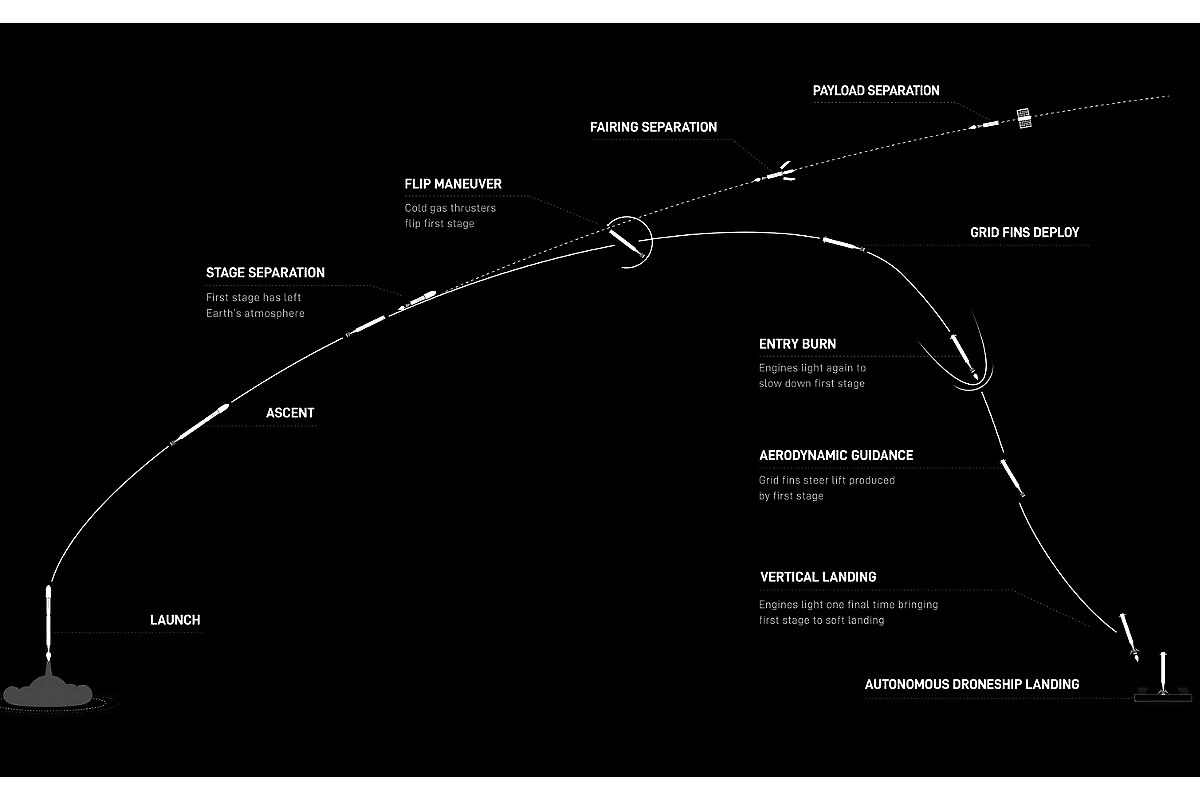
views
NASA and SpaceX are sending an X-ray telescope in space. The NASA Imaging X-Ray Polarimetry Explorer or IXPE Mission will be launched today on board SpaceX?s Falcon 9 rocket from the Kennedy Space Center in Florida. The mission will be the fifth for this specific Falcon 9?s first stage booster, which will come back for a landing after stage separation. So what is the IXPE mission, what is the goal, and how did the project come about? We will tell you.
WHAT IS THE NASA IXPE MISSION
So the IXPE satellite will provide astronomers with a new tool to probe the universe. The IXPE mission, or the X-Ray polarisation satellite is equipped with three identical telescopes that will be able to study the polarisation of light from cosmic sources such as black holes and neutron stars. With IXPE?s observations, astronomers will be able to study the structure and mechanisms that power enigmatic cosmic objects. ?IXPE will help us test and refine our current theories of how the universe works,? Martin Weisskopf, the mission principal investigator was quoted by Space.com as saying in a press briefing. ? may even discover more exciting theories about these exotic objects than what we’ve hypothesized,? he said.
NASA?s Marshall Space Flight Center in Huntsville, Alabama is in-charge of the mission. Further, Ball Aerospace, headquartered in Broomfield, Colorado is managing the spacecraft operations with support from the University of Colorado. According to NASA, the IXPE cost $160 million (roughly Rs 1,208 crores) to build. The space agency initially selected IXPE as a Small Explorer mission in 2017. The IXPE mission is a collaboration between NASA and the Italian Space Agency.
Watch Falcon 9 launch @NASA’s IXPE mission → https://t.co/bJFjLCzWdK https://t.co/nEozMKyiIk? SpaceX (@SpaceX) December 9, 2021
WHAT IS THE GOAL OF IXPE MISSION
The IXPE satellite will explore some of the most extreme and mysterious objects in the universe, including black holes and pulsars, and the X-ray they emit. This is the first mission that will map the polarisation of many of these objects, NASA said in a blog post.
ALSO READ: Elon Musk On SpaceX Landing 100th Falcon 9 Rocket: ‘Hard To Believe’
The IXPE mission will help NASA discover the ?secrets of some of the most extreme cosmic objects of the universe: the remnants of supernova explosions, neutron stars and black holes in our galaxy, and super massive black holes at the centers of galaxies.?
WHAT IS THE IXPE PAYLOAD
The IXPE mission is carrying three state-of-the-art space telescopes with special polarisation-sensitive detectors. These weigh a total of 325KG. Polarisation is a property of light that holds clues to the environment from which the light originates. This will be the first time anything will have a dedicated look at polarised X-ray.
NASA-SPACEX IXPE MISSION ITINERARY
The IXPE mission, on board SpaceX?s Falcon 9 was launched at 1AM EST (11:30AM IST) from NASA?s Kennedy Space Center in Florida. Soon after the launch, the stage separation was performed during ascent. After the stage separation, the Falcon 9?s first stage booster performed a flip maneuver to set itself for a vertical landing. The Falcon 9 second stage cutoff was confirmed soon after stage separation was performed. The Falcon 9 has successfully landed on the droneship, an update from SpaceX has said.

HOW TO WATCH LIVE, FOLLOW UPDATES
You can head over to NASA or SpaceX?s official Twitter or YouTube channel in order to watch the IXPE mission launch live. However, if you have missed out on the chance, you can also follow either SpaceX or NASA?s Twitter and website to keep yourself updated with the progress of the IXPE mission.
Read all the Latest Tech News here


















Comments
0 comment